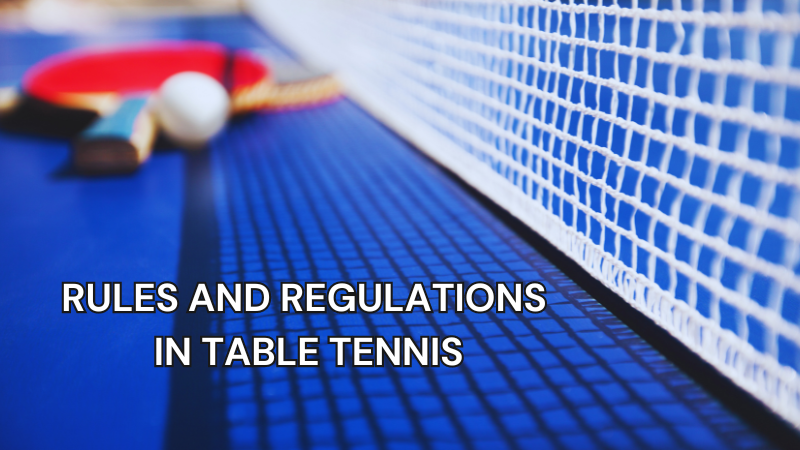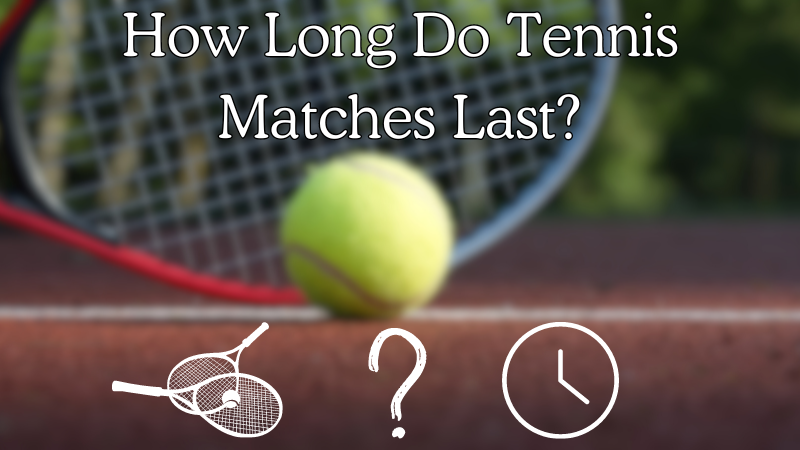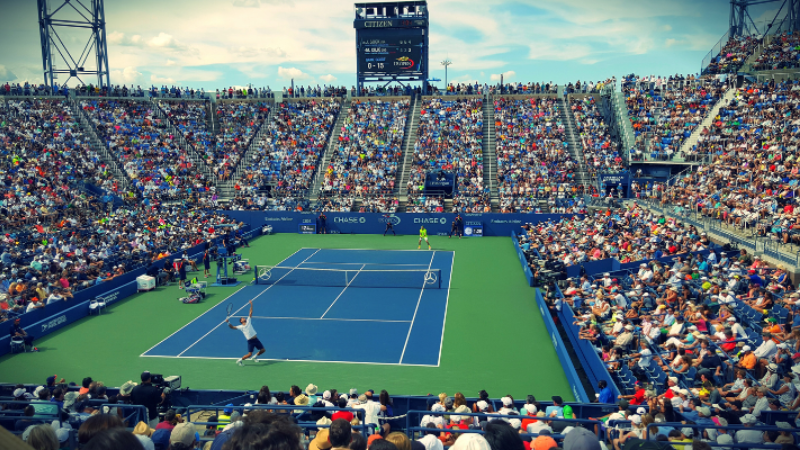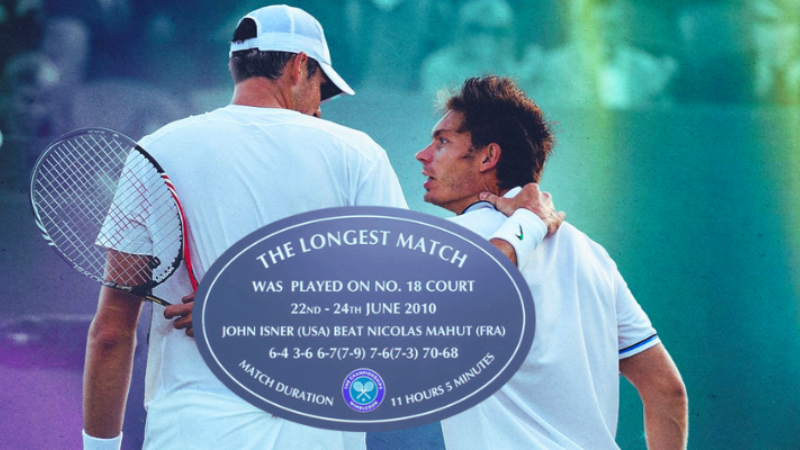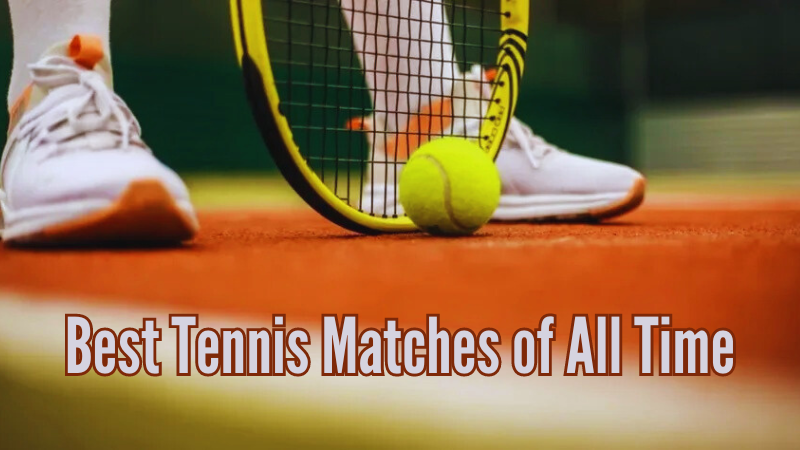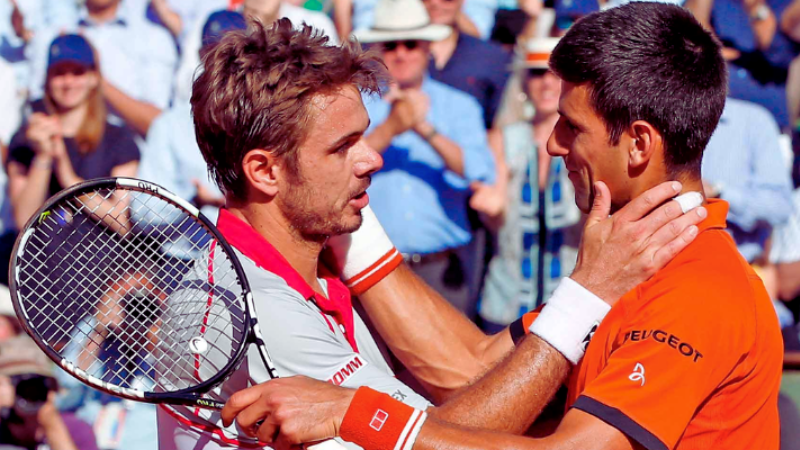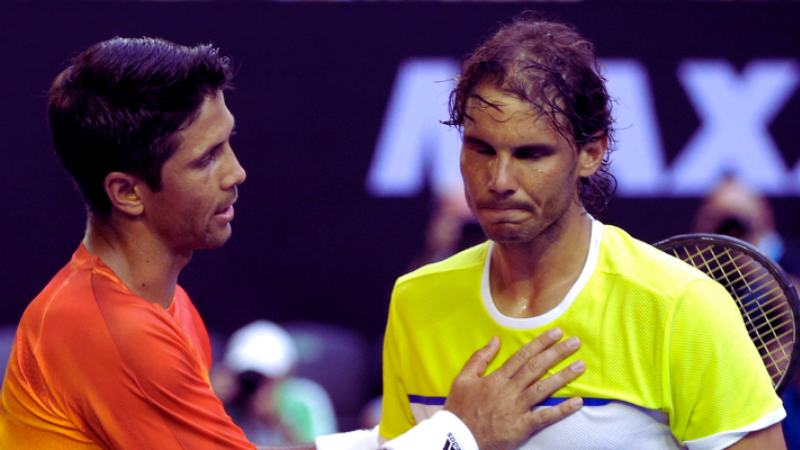Table tennis, also known as ping pong, is a lively sport about hitting a small ball over a net so the other player can’t hit it back. It might sound easy, but there’s more to it. To really get into the game and play it right, it’s important to know rules and regulations in table tennis.
Whether you’ve been playing for a while or just starting, this guide will help you understand how to play properly.
Table Tennis Equipment
The International Table Tennis Federation sets the rules for the table, paddles, and ball. They ensure that every game is fair and equal for everyone.
A table tennis match is played on a special table. This table is about 9 feet long, 5 feet wide, and 2.5 feet high.
The top of the table is smooth and lets the ball bounce quickly. A net that’s about 6 inches high splits the table into two halves.
Players use paddles, also called racquets, to hit the ball. These paddles have a wooden part and a rubber covering.
The rubber can change the ball’s movement, making it spin or go fast. The ball used in the game is small, light, and round, about the size of a golf ball.
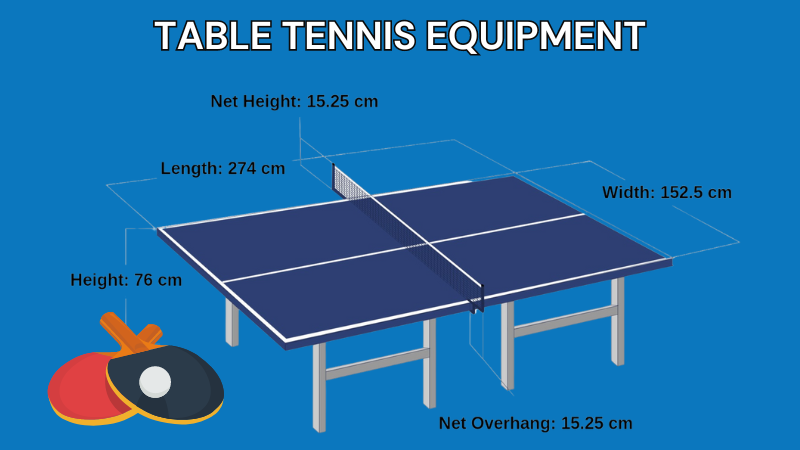
Ping Pong Playing Area
Think of a table tennis table like a battlefield with a net in the middle that splits it into two sides.
The net is about 15 centimeters high and ensures the ball goes into your opponent’s side first.
In doubles, an extra line down the middle makes two smaller boxes for serving. The rules and regulations in table tennis say you must serve in the right box on the other side.
Knowing how the table is split up is important. It tells you where you’re allowed to serve and where you can hit the ball back. Getting the hang of these areas is key to playing table tennis well.
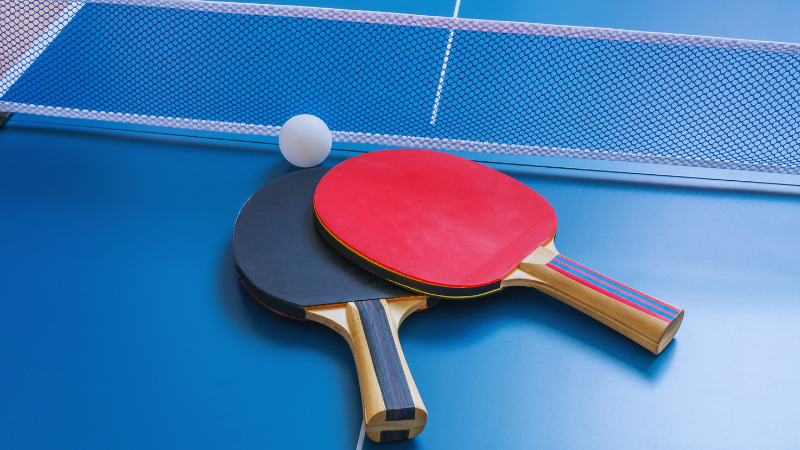
The Serve in Ping Pong Rules
In table tennis, the serve is the first move in a point and can give you an edge if done well. Here’s how to serve according to the ping pong rules.
The player serving holds the ball flat on their open hand behind the table’s end line. The serve must be fair, so the ball and the player’s hand must be visible to the other player at all times.
The server must throw the ball straight up at least 16 centimeters, which gives the other player a fair chance to see and get ready for the serve.
When the ball is in the air, the server hits it so that it bounces once on its side and then goes over the net to bounce on the other player’s side.
Servers can use different speeds, spins, and directions to make the serve harder to return.
The ball can land anywhere on the other side in singles, but it must go diagonally across the net.
In doubles, the serve must go to a specific area on the other side, which is the service box. Remembering these rules can help make the serve a strong part of your game.
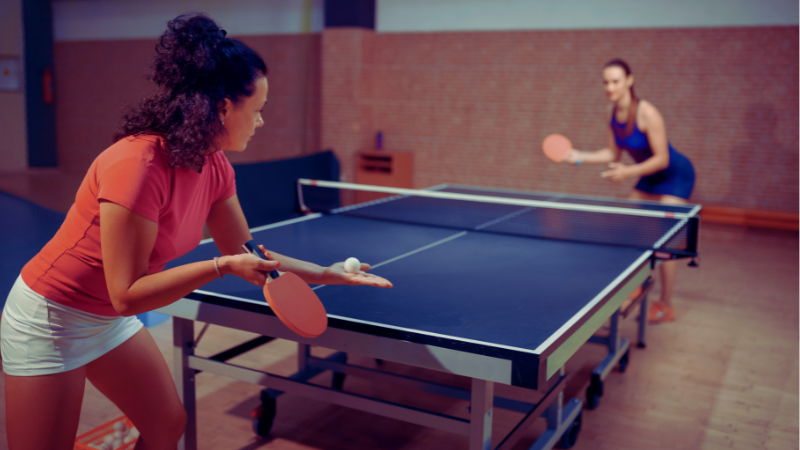
Basic Rule of Table Tennis Scoring
In official ping pong rules, each rally ends with one player getting a point. Here’s how players score points:
Opponent Fails to Return
The most common way to score a point is when your opponent fails to return the ball into play. This can happen if they:
- Miss the ball completely.
- Hit the ball out of bounds (beyond the table’s edge or onto the net).
- Hit the ball before it bounces on their side of the table (except on the serve).
Double Bounce
If the ball bounces twice on your opponent’s side of the table before they hit it back, you will receive a point.
The game format rules of tennis table are designed to ensure a close and exciting competition:
- Games – The first player to reach 11 points wins the game. However, there’s a twist – to win, a player must be ahead by two points. This means the game can continue past 10-10 (called deuce) until one player achieves a two-point lead (e.g., 12-10 or 13-11).
- Matches – Matches typically consist of an odd number of games (best of 3, 5, or 7). The player who wins the most games is the winner.
Table Tennis Rules & Regulations Summarized
Remember that this isn’t a complete list, but it covers table tennis rules and regulations most players often debate.
- Games are played to 11 points and must be won by a two-point margin. Matches are usually best of five games.
- Players alternate serving every two points. If the score reaches 10-10, serves alternate after every point. You can lose a point on your serve.
- When serving, toss the ball at least 6 inches straight up and hit it on the way down. It must bounce on your side first, then the opponent’s. The opponent gets the point if you miss the ball after tossing it.
- In singles, the serve can land anywhere on the opponent’s side of the table.
- In doubles, serves must go diagonally from the server’s right side to the receiver’s right side. Partners switch places after serving twice.
- A “let” is called if the serve touches the net but still lands correctly. The serve is then replayed without penalty.
- In doubles, partners must alternate hits during a rally.
- You cannot hit the ball before it bounces on your side, known as a volley. Doing so gives the point to your opponent.
- If your hit bounces back over the net after touching the opponent’s side, you win the point.
- The ball can touch your paddle hand during play. Your opponent gets the point if it touches any other part of your body.
- You can’t touch the table with your non-paddle hand. Your opponent wins the point if the table moves because you touched it.
- A ball that hits the top edge of the table and bounces off is still in play. The vertical sides are not part of the playing surface.
- If there’s a disagreement and no referee, players should use the honor system to resolve it or replay the point. The game is known for its fair play.

Variations in Table Tennis
Table tennis is a versatile sport with rules and regulations that can be adjusted to suit different players and styles. Here are some of the popular ways to play:
Singles vs. Doubles
You can play singles on your own or team up with a partner in doubles. Singles matches are all about your skill, while doubles require you to work with your teammate.
Playing with Disabilities
Table tennis is inclusive, with special rules & regulations to help those with disabilities enjoy the game. It is called Para table tennis.
These can include using special paddles, changing the net height, or other rule adjustments to meet players’ needs.
These variations ensure that table tennis is accessible and fun for everyone, regardless of their playing style or ability level.
Conclusion
Table tennis is more than just hitting a ball. Knowing the rules can make the game really enjoyable, whether you’re just starting out or you’ve been playing for a while.
It’s a game full of challenges, smart plays, and the joy of making a great shot. So pick up your paddle and start playing!
FAQs
What's the goal in table tennis❓
Hit the ball over the net so your opponent can’t return it.
How do you score a point in ping pong❓
Your opponent misses the ball, hits it out, or hits it before it bounces on their side (except on the serve).
How many points win a game in table tennis❓
First to 11 points, but you must win by two points!
How often do I serve in table tennis❓
You trade turns serving two points at a time, except at deuce (10-10) where turns change after every point.
Who control rules & regulations of table tennis❓
The rules and regulations of table tennis are controlled and governed by the International Table Tennis Federation (ITTF).
